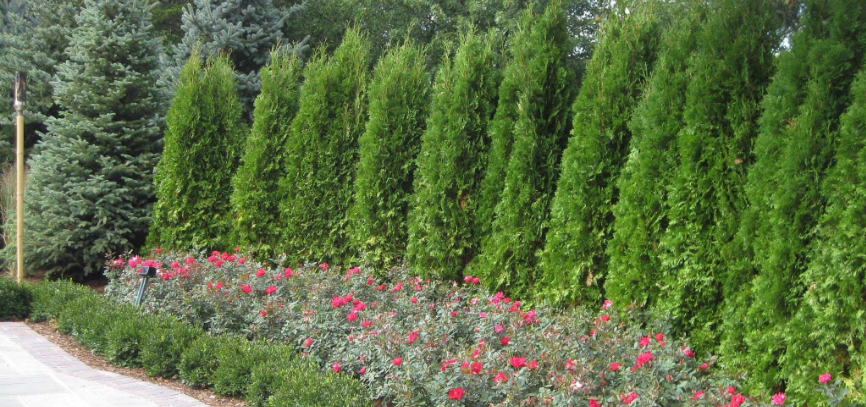
When the calendar turns to winter, most of your gardening duties are moved to the back burner until spring rolls around once again. However, that is not necessarily the case when it comes to your trees, which may need attention during the cold season. If you have some trees on your property that you would like to help remain healthy as the cold settles in, review the tips provided below.
A Lack of Water
You might initially think that your trees should have no trouble getting enough water during the winter, as this seems like more of a summer problem. That isn’t necessarily the case, however, as cold winter temperatures can make it tough for trees to find the water they need. Since the water that is near to the roots may be frozen, your trees could struggle to pick up water when the temperatures drop. To counteract this problem, consider putting a layer of mulch down on the ground around the base of your trees. This mulch can act like insulation, helping the water around the roots to remain thawed and available for consumption. You can’t completely control this problem, especially when temperatures are extremely cold, but a nice mulch layer will offer some degree of protection.
Broken Branches
Anyone with trees on their property – specifically, deciduous trees – already knows just how easily branches can break in the winter. Cold branches are quicker to break in the wind when compared to branches that are warmer and less brittle. Of course, you can’t insulate your entire tree during the winter, so there really isn’t anything that can be done about the temperature of the branches. With that said, you can help your trees to keep their branches through the winter by being proactive with pruning before the cold sets in. Pruning back the weak branches is a great way to avoid damage in the winter, so think about performing that work prior to the arrival of particularly cold weather. If you have a large tree to care for, you may wish to tie up branches that you think are vulnerable to prevent them from rocking around in the wind.
Watch for Critters
Perhaps somewhat surprisingly, rodents can cause problems for your trees in the winter. Since they won’t have very many options in terms of food sources during the winter, nearby rodents may be forced to turn to your trees for sustenance. This problem can actually be made worse if you lay your mulch on the ground right up next to the base of the trees. So, as a first step, try leaving some room between the trunk of each tree and the mulch that you are using as insulation. If you still have issues with rodents, look for bait or traps that you can use to keep the rodents from climbing up your trees and doing damage. Losing a significant amount of bark to hungry little critters can severely damage the long term health of a tree, so this is not a problem to take lightly.
